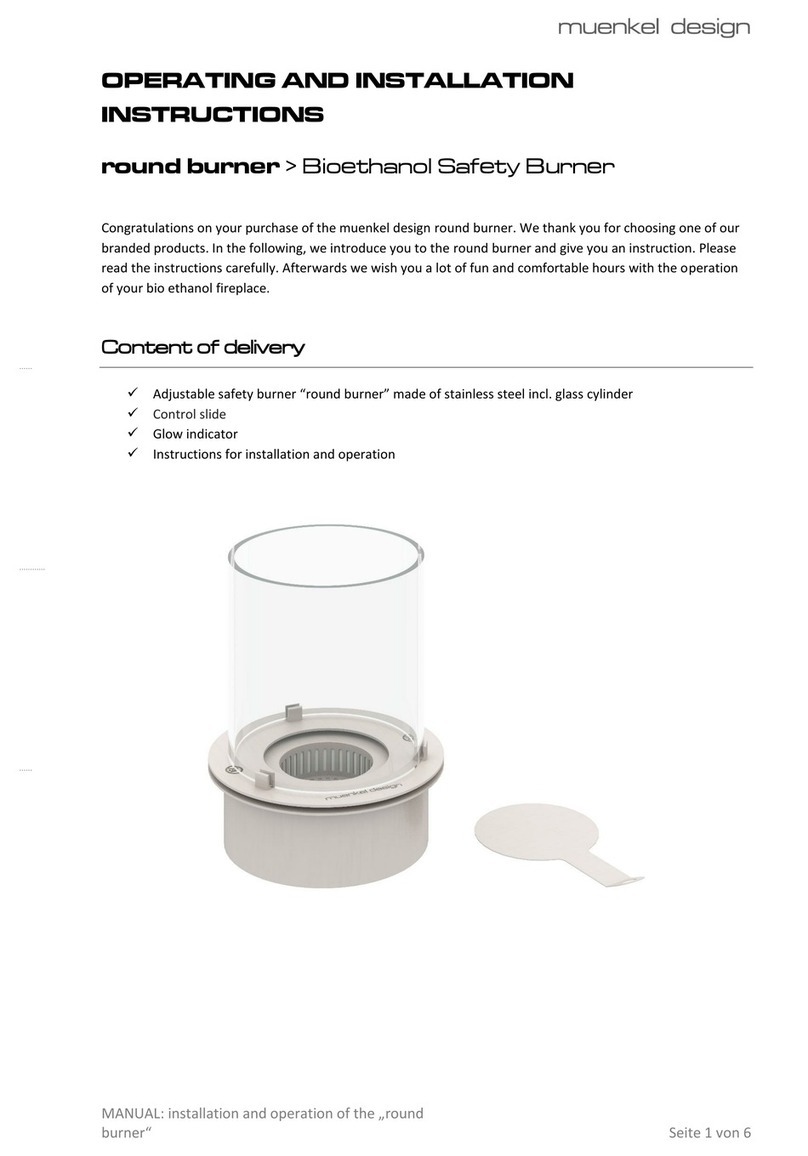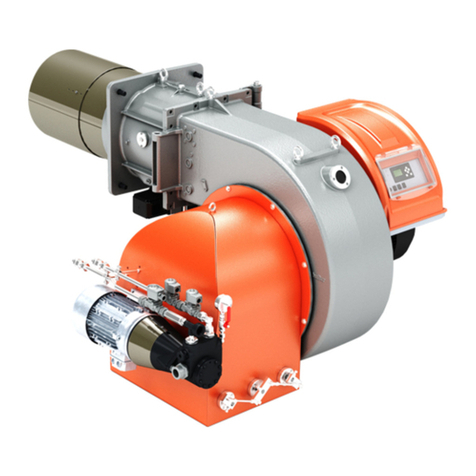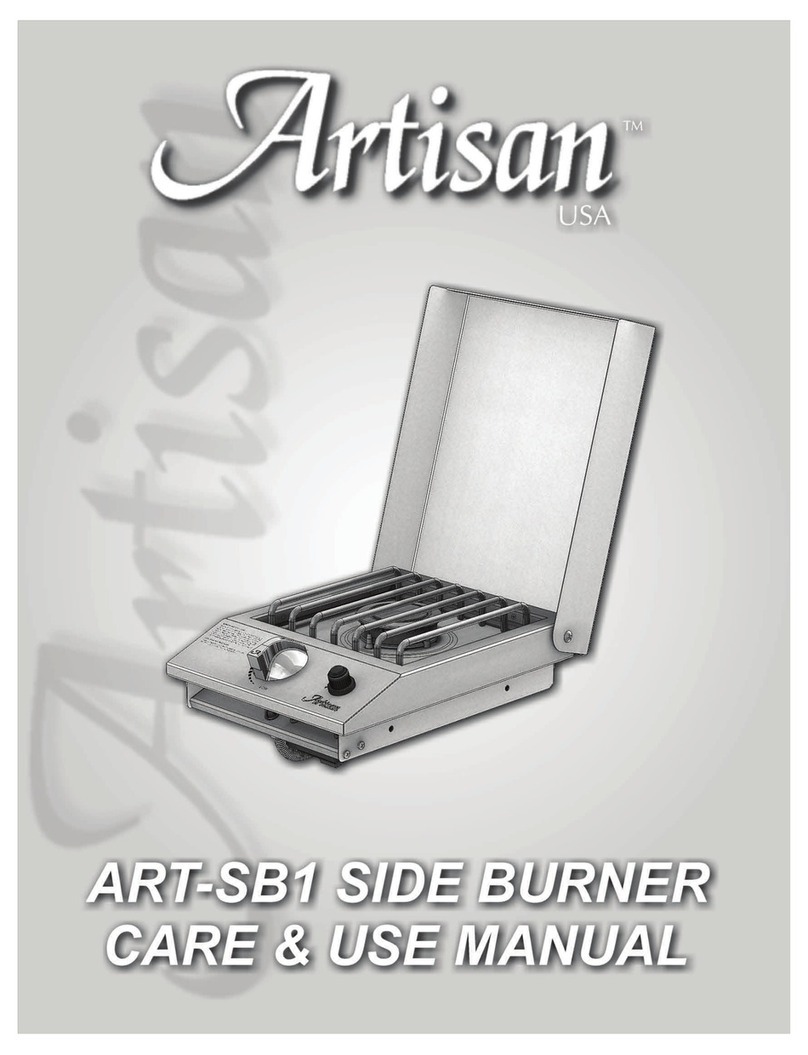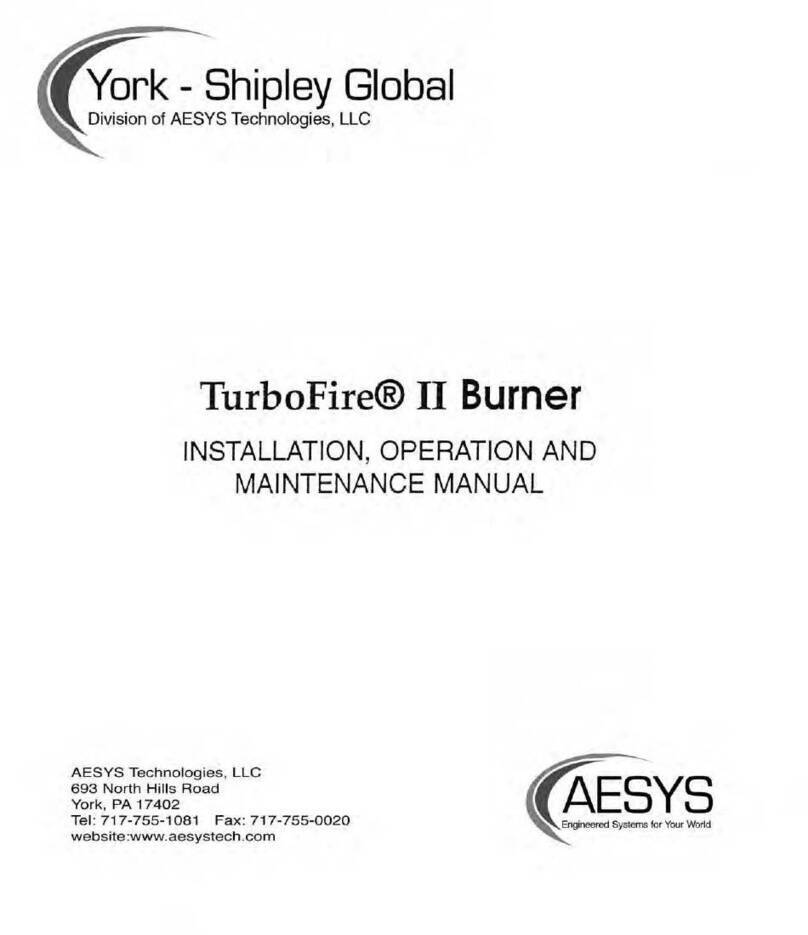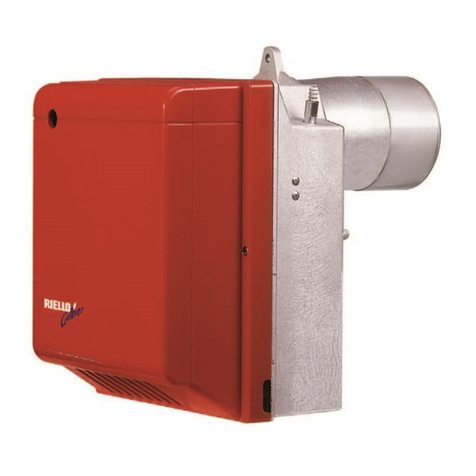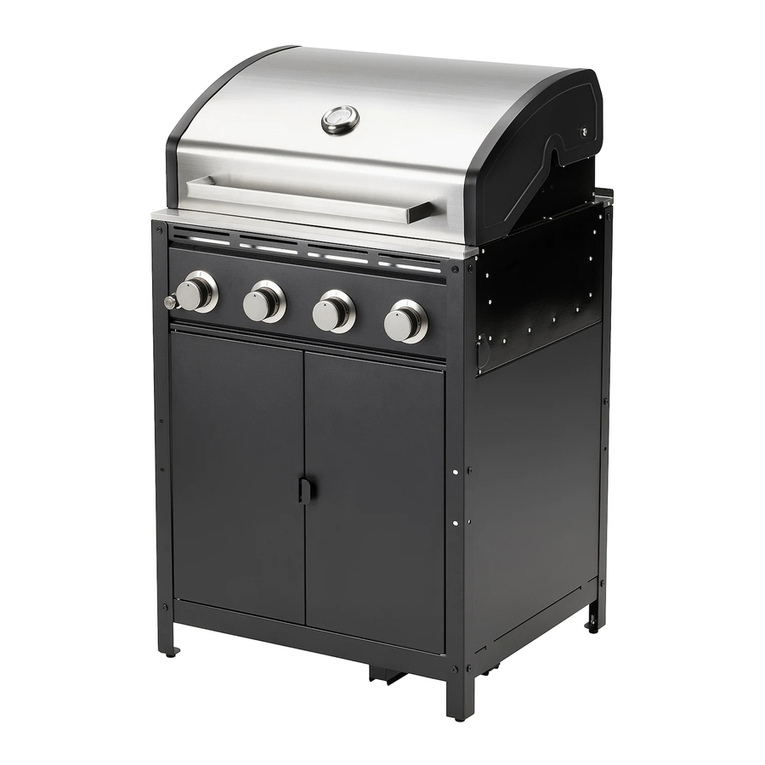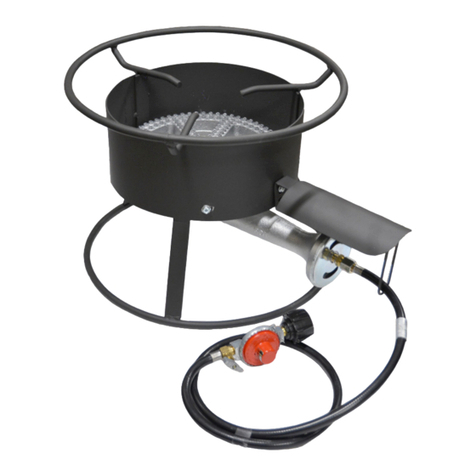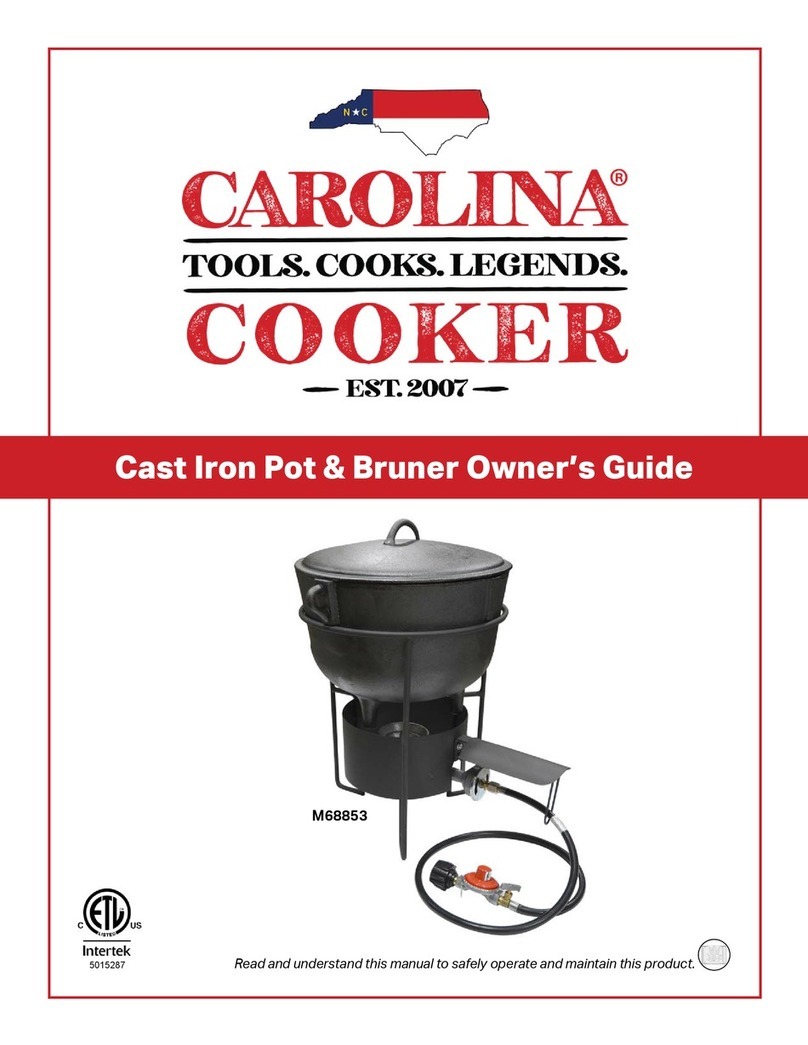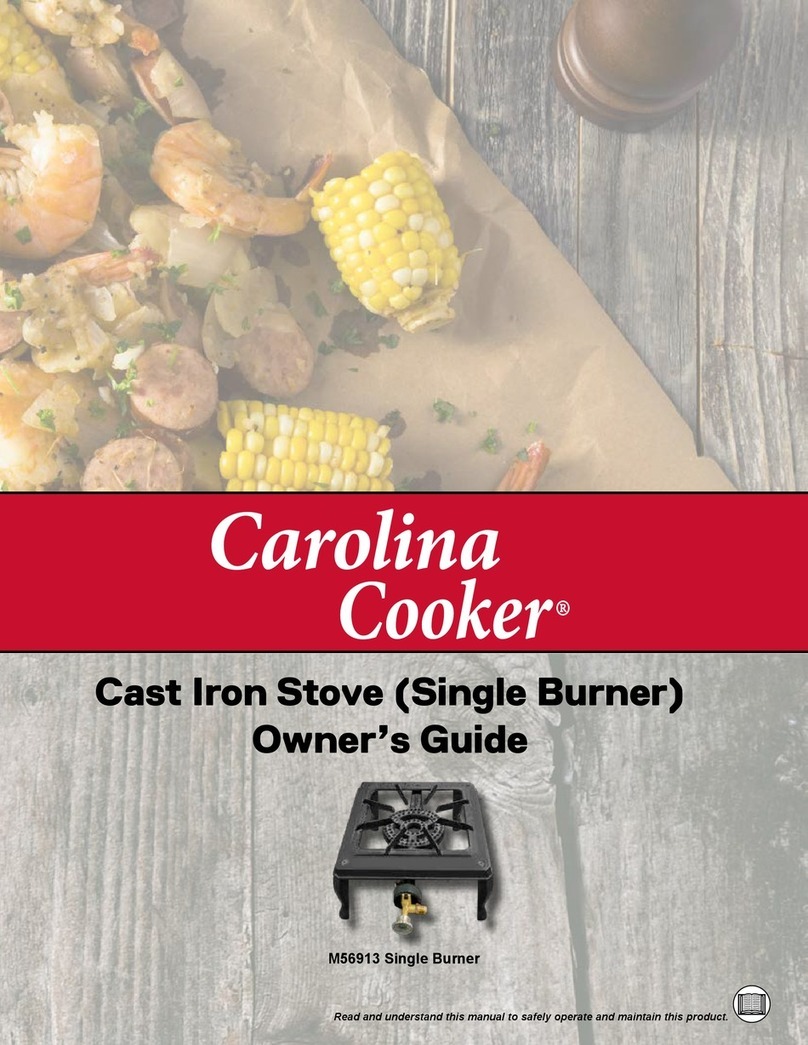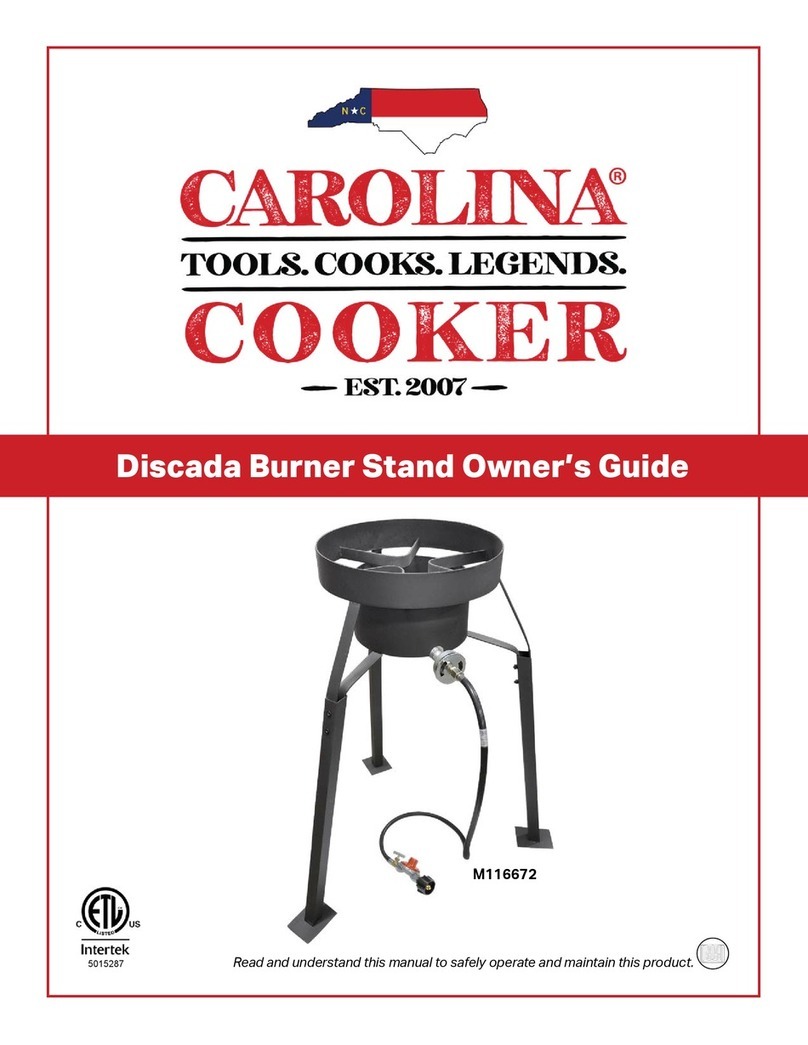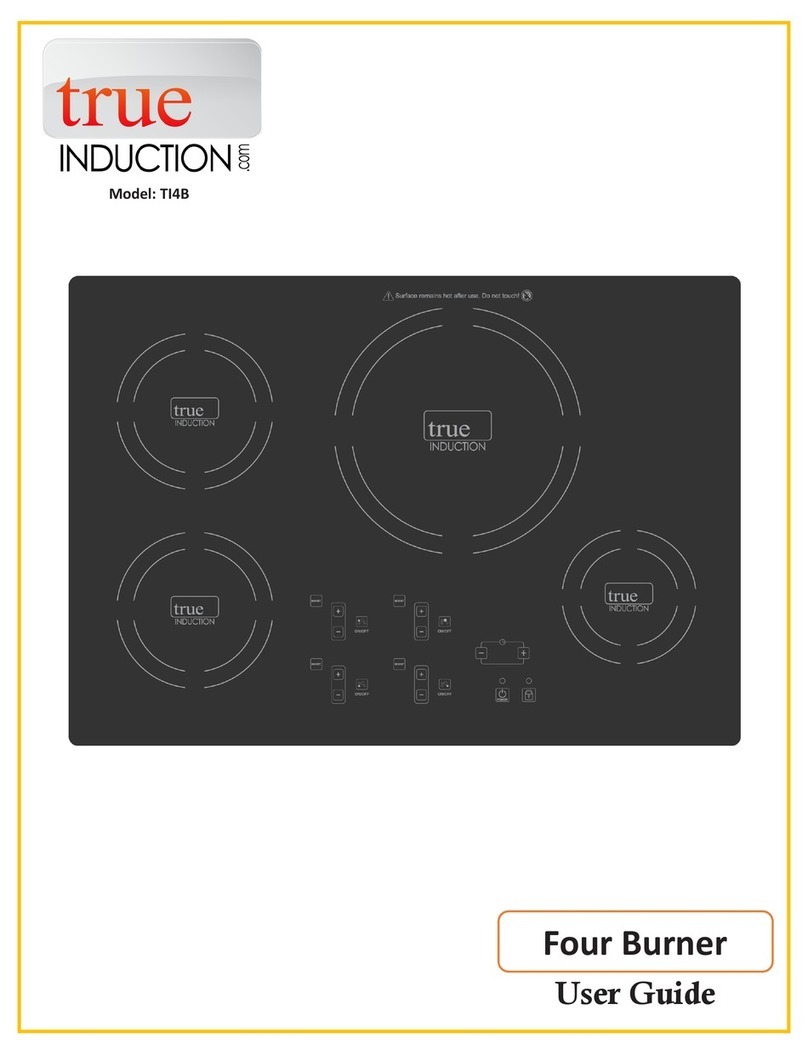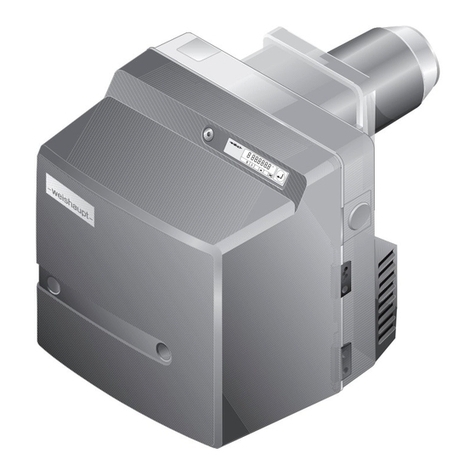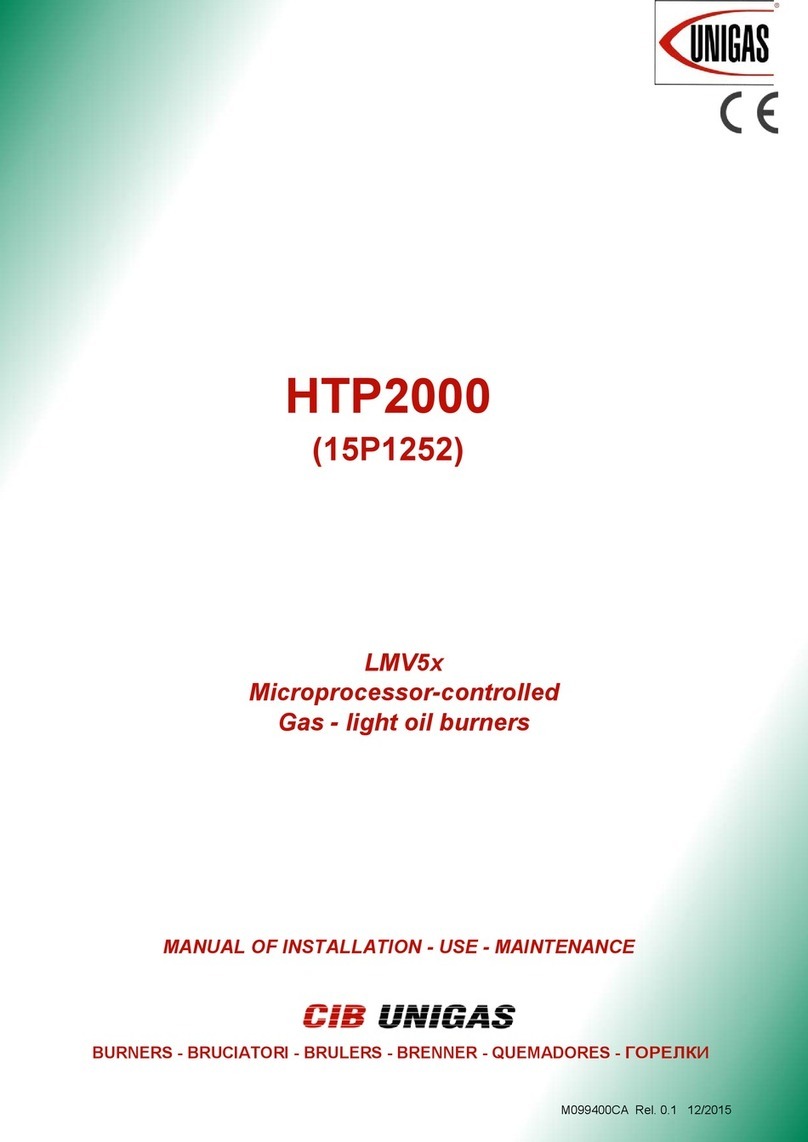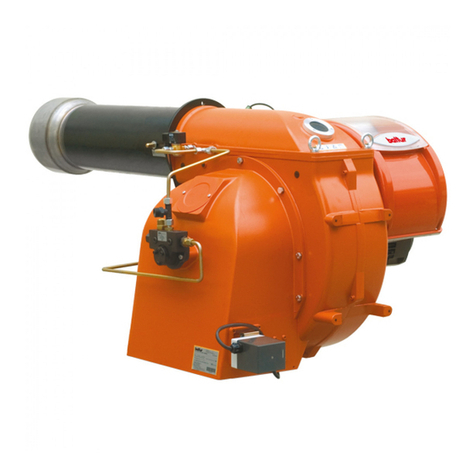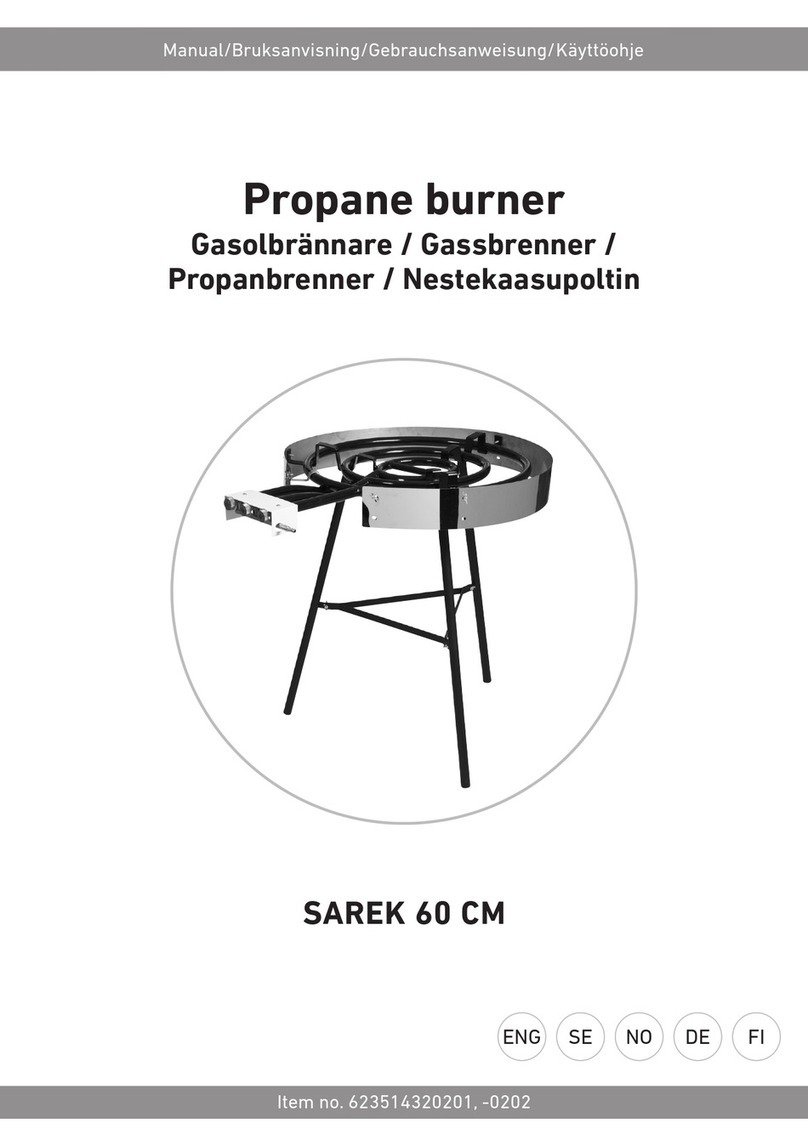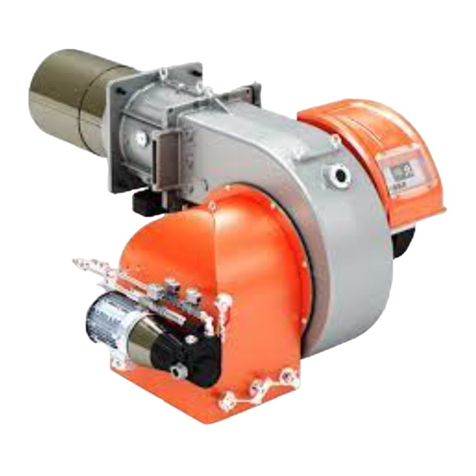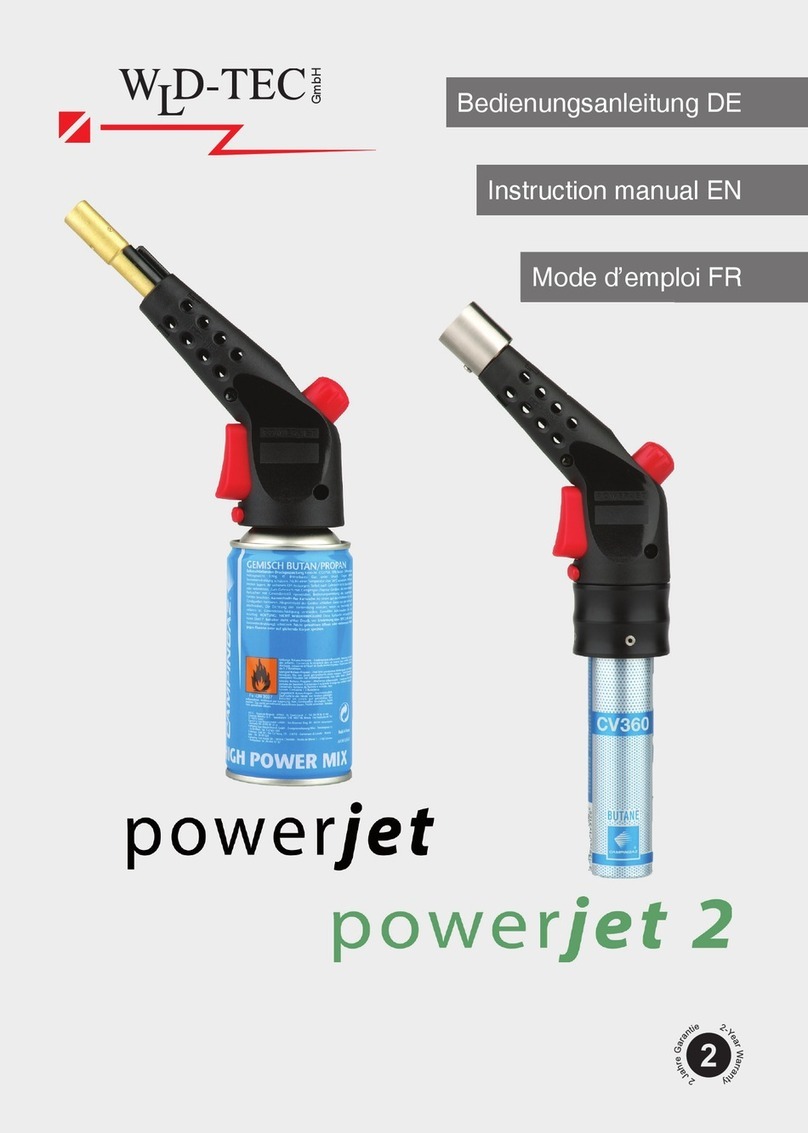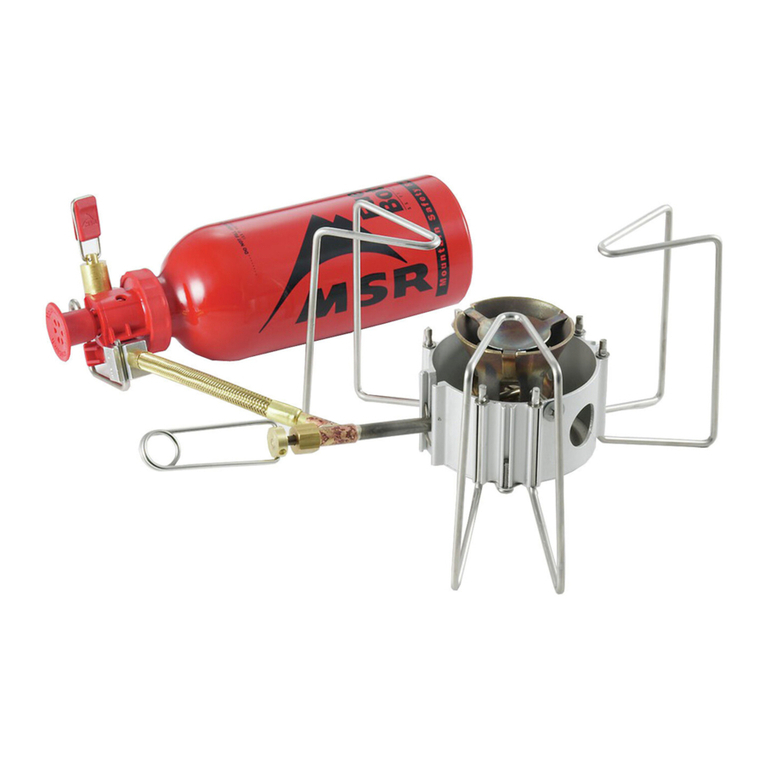
2Carolina Cooker®
844-478-4334
Model M78097
June 2020
Read and Understand Owner’s Guide
TAKE SAFETY SERIOUSLY. Even though the
safety instructions and informational text in this
Operator’s Guide may seem long and tiresome, they are
provided for your safety and those nearby the appliance
when it is operating.
To prevent property damage, personal injury, or even death,
carefully read, understand, and follow ALL warnings and
instructions contained within this Owner’s Guide and/or
other referenced publications.
This appliance, if not used and maintained properly, can
be dangerous to users unfamiliar with its operation. Do
not operate, maintain, adjust, or clean this appliance until
you have read this Owner’s Guide and have developed a
thorough understanding of the safety precautions and
functions of the appliance.
This appliance is designed for the specic purpose of
preparing food for human consumption. DO NOT modify or
use this equipment for any application other than that for
which it was designed.
Appliance maintained or operated improperly, or by
untrained users, can be dangerous; exposing the user and/
or bystanders to possible serious injury or death.
1.2 It’s All About Safety
Your safety, and the safety of others, is very important.
The proper and safe use of this appliance is an important
responsibility and should be taken seriously. This
Operator’s Guide contains important safety information.
Keep this Owner’s Guide for future reference.
The information, specications, and illustrations / photos
in this Owner’s Guide are based on the information that
was available at the time this material was published. We
reserve the right to change specications or design at any
time without notice.
Thisapplianceisnotintendedfor
commercialuse.Itisalsonot
intendedtobeusedasaturkeyfryer.
SAFETY
INSTRUCTIONS
WARNING
!
FOR OUTDOOR
USE ONLY !
!
NOT FOR COMMERCIAL USE
Think SAFETY!
Work SAFETY!
1. General Information
No part of this publication may be reproduced without
written permission from Direct Distributors, Inc. which is a
Carolina Cooker® Distributor.
To help you make informed decisions about safe operation
and maintenance of this appliance, you will nd important
safety information in a variety of forms, including:
• Safety labels on the appliance or LP cylinder.
• The LP gas supply cylinder to be used must be
constructed and marked in accordance with the
specications for LP gas cylinders, U.S. Department
of Transportation (DOT) or the Standard for Cylinders,
Spheres and Tubes for the Transportation of
Dangerous Goods, CAN/CSA-B339;
• The General Safety section in this Owner’s Guide.
• Specic safety instructions in sections, such as
Operation, Maintenance, Cleaning, etc. in this
Owner’s Guide.
WARNING
!
1.1 Welcome to the Carolina Cooker®
Family
Congratulations on your choice of a Carolina Cooker® Large
Cast Iron Pot and Burner
Allergy Alert
This product is pre-seasoned with soybean oil.
The Carolina Cooker® cast iron stew pot with a free
standing burner stand is pre-seasoned and ready to
cook. This stew pot and burner combination is ideal for
making stews, soups, gumbos, beets and more. Use
this large capacity stew pot when preparing food for a
family gathering, church function or fund raiser.
The 95,000 BTU burner is 10 inches in
diameter to evenly distribute heat to your stew pot, and
has a 6 inch wind shield to keep the ame on the pot.
The cooking stand is 18 inches high and has a 19-1/2 inch
ring that holds the stew pot above the heat. The stew pot
and burner has a 10 gallon capacity.
The Carolina Cooker® Cast Iron Pot and Burner
(appliance) has been engineered for safe and
ecient operation. This appliance is energy-saving,
environmentally friendly, and convenient to operate.
When properly maintained and seasoned, the cast iron
pot can last for generations.
